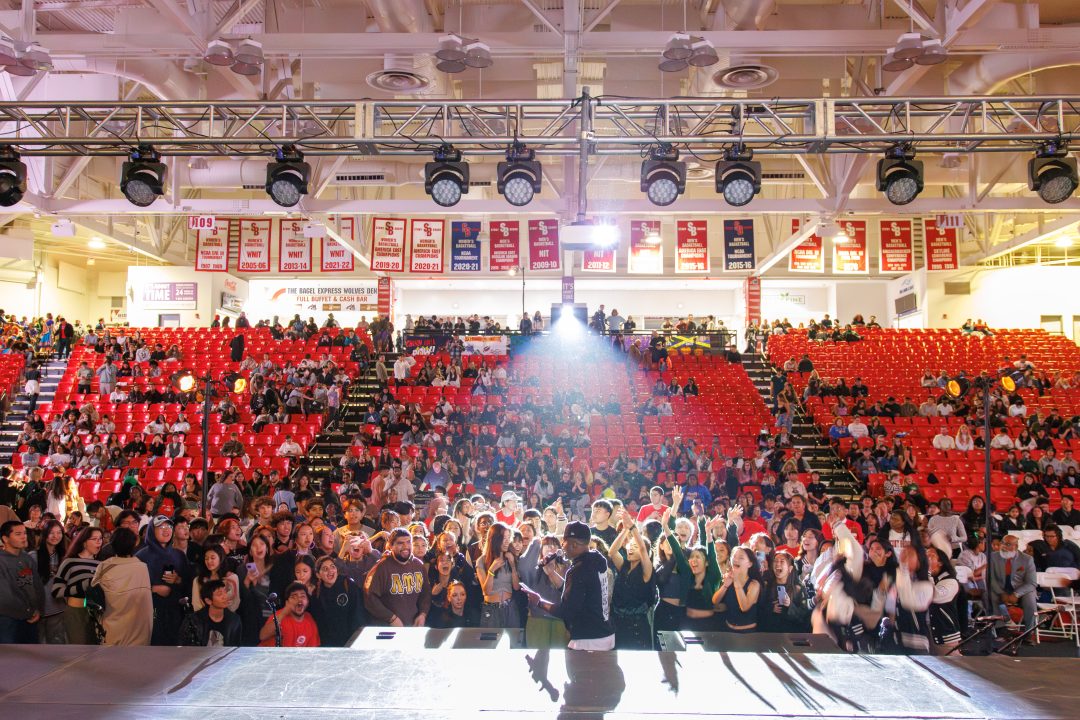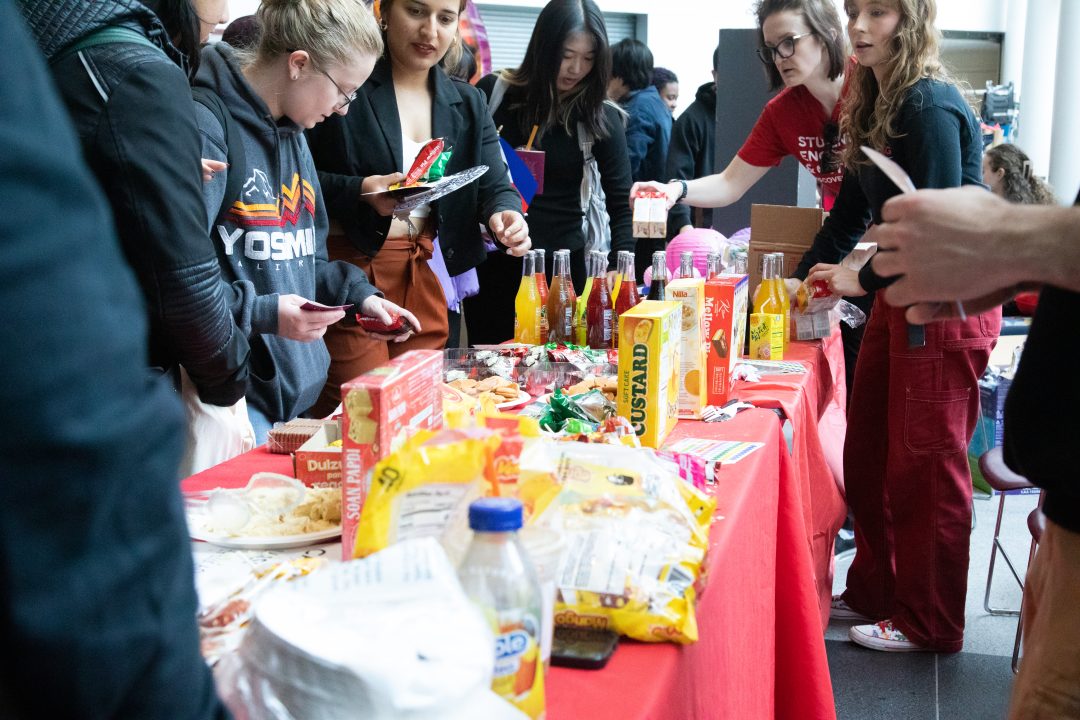
International students at Stony Brook University participating in remote learning are facing challenges due to their differing time zones.
Remote instruction has challenged many students to adjust to new learning models amidst the coronavirus pandemic. This new format offers classes that are synchronous, where students meet online for regular class times, and asynchronous, where students complete the course material on their own time. Synchronous courses in particular have posed a challenge for international students, forcing them to adopt schedules that result in irregular sleep patterns.
The university requires students to attend their synchronous courses on Eastern Standard Time, including students in different time zones across the world and country, according to the Office of Visa and Immigration Services guidelines. Others across the world must adjust to logging on nine, 12, even 14 hours ahead of Eastern Standard Time.
“I got kicked out of my dorm in March, then I had to flee back to Korea as per my mother’s request,” Seong Yeon Lee, a sophomore business major, said in an email to The Statesman. “Then I received news about the fall semester. Now I am taking classes from 8 p.m. to 6 a.m.”
Lee, who resided in South Korea during the Fall 2020 semester, said that adjusting to the 14-hour time difference after moving back home has been difficult, yet necessary.
He described this past semester as one of his most challenging so far, explaining that he is unable to retain the same amount of information as he would during in-person classes, which is the type of learning environment that he is most suited to.
“Hearing professors say times where 10 o’clock for them isn’t 10 o’clock where you are makes you doubt your judgment sometimes,” Jose Maldonado, a freshman mathematics major, said.
Maldonado lives in California, which is three hours behind New York’s time zone. “I usually always have to check [deadlines] the night before and double-check before I go to bed; even then I sometimes mess it up and wake up way too early,” he said.
Students in other countries and states on different coasts utilize the same resources as local students, such as advising or the university’s tutoring programs, like many others this year who are also transitioning to an online educational experience — the difference is time.
Under circumstances where it would be safer to commit to in-person learning, international students could make use of SBU’s Home Abroad program. This program, run by the university’s office of Visa and Immigration Services, allows students to apply as an exchange student directly at one of SBU’s partner universities across the world. International students are then able to study at specific institutions affiliated with the SBU curriculum for either a semester or an academic year.
The Office of Visa and Immigration Services acknowledged in an email on Nov. 18 that synchronous online classes are presenting challenges for students in different locations worldwide.
“Students are encouraged to consider this when selecting their courses,” Senior Assistant Dean Lindsi Walker said in an email. “It’s also why the SBU Home Abroad program was appealing to some international students outside of the U.S.”
The Office of Visa and Immigration Services confirmed that a majority of international students through international academic programs who were studying at Stony Brook in the spring had already departed from the U.S. dating as far back as late March. The study abroad programs for Fall 2020 and Spring 2021 were also canceled in March, when the coronavirus pushed universities to shut down.
For domestic Stony Brook students, the shift to remote learning came suddenly amid school officials requiring students to vacate the campus in accordance with safety regulations. For some international students, their decision to move back home amid the virus was made hastily.
“It was a very quick decision, and within a couple of hours, I decided to go back home and book my flight to India,” Minal Chawla, a junior health sciences major, said.
Chawla left the U.S. on Mar. 23, 2020 and continued taking classes from New Delhi, 10 hours ahead of New York’s time zone. Chawla said that the online Spring 2020 and Fall 2020 semesters have been difficult because remote learning is fairly new to her.
Chawla had begun to modify her sleep schedule to maintain punctuality, which caused irregular sleeping patterns.
The university’s Academic FAQ page provides resources for navigating online learning during the Fall 2020 semester, but it does not acknowledge international students.
According to a survey conducted by the Pew Research Center conducted in the summer of 2020, 68% of survey participants believe that a college course taken online does not provide the same educational value as a course taken in person.
The survey also found that 50% of Americans believed allowing students to return to campus in the U.S. was a good call, whereas 48% believe it was a mistake.
“Sometimes it becomes difficult while keeping up with the deadlines and homework submissions, especially during midterms week,” Anoushkaa Mishra, a freshman mathematics major who resides in India, said. “At least some professors understand what we are going through and try to make it less difficult and complicated than things already are.”
















